"Marge, the rains are 'ere - again?!"
By Tyson Hosie
Australian grain and oilseed producers continue to have one eye on the weather map, the other on the bidsheets, as prices that were considered “aspirational” only a few short weeks ago are being achieved just as the bureau adds some welcome colour to the forecast for much of the East Coast.
There is confidence building that at an above-average crop could be achieved with the soil moisture currently on offer, however the difference between a good crop and a great crop will rest on how the last vestiges of winter plays out.
Across most of New South Wales, the past few weeks of clear and sunny winter days have been welcomed. However, crops across the area did get a little accustomed to a certain lifestyle, with Hughie seemingly delivering 10-15mm of the good stuff almost every Thursday afternoon there for a while. Should this weeks’ forecast bear fruit, another fall in mid-to-late September would see it all over bar the shouting.
A fall in September would be timely too for the 2021/22 Summer cropping program, with sorghum and cotton growers looking to capitalise on the fantastic starting conditions, complemented by strong pricing.
Broadly, the market remains underpinned by the very well publicised production concerns emanating from the Northern Hemisphere. The latest figures from the USDA World Agricultural Supply and Demand Estimates (WASDE) suggests that global wheat supplies will decline by some 16.8MMT due to poor growing conditions through Russia, Canada, and the US, with the Canadian crop expected to be its’ smallest in a decade. The Ukraine and Australia are now being charged with the task of partially offsetting this global reduction in production, which is fuelling local prices for wheat to levels not usually seen outside of our drought markets.
Oilseed markets continue to be driven by the production issues in Canadian canola, Russian sunflowers and US soybeans, all of which are seeing Australian canola prices go from strength to strength. Be mindful however, that the market expects a large European and Black Sea sunflower crop, which will help alleviate some of the pressure on global oilseed markets later in the year.
Domestically, a significant amount of grower selling was noted over the past week into different marketing options, including both upcountry and direct to port options. With harvest only a few weeks away and production confidence building, we’re all now having to formulate a game plan that needs to consider the plethora of market and industry influences, not limited to: on-farm storage constraints, the potentiality of protein Wheat market volatility, an increase in domestic consumptive demand as the feedlot sector begins to rebuild numbers as well as lingering logistics issues – both domestically with trucks and potential border controls, and internationally with container availability and high ocean freight rate concerns and not to forget our perennial rural labour shortage!
The upcoming harvest is shaping up to be one of our best, with weather over the next week or two posing as the key to a great result – here’s hoping it’s not just a couple of kids getting stuck into some corn on the roof…
Australian grains set to rule the world

As the weather season starts to come to a close for the Northern Hemisphere production and the news of the Canadian canola seed production issues well digested by the market, what is next for the canola seed market and what does that mean for New South Wales new crop pricing?
Read MoreThe Northern Hemisphere production hiccups continue
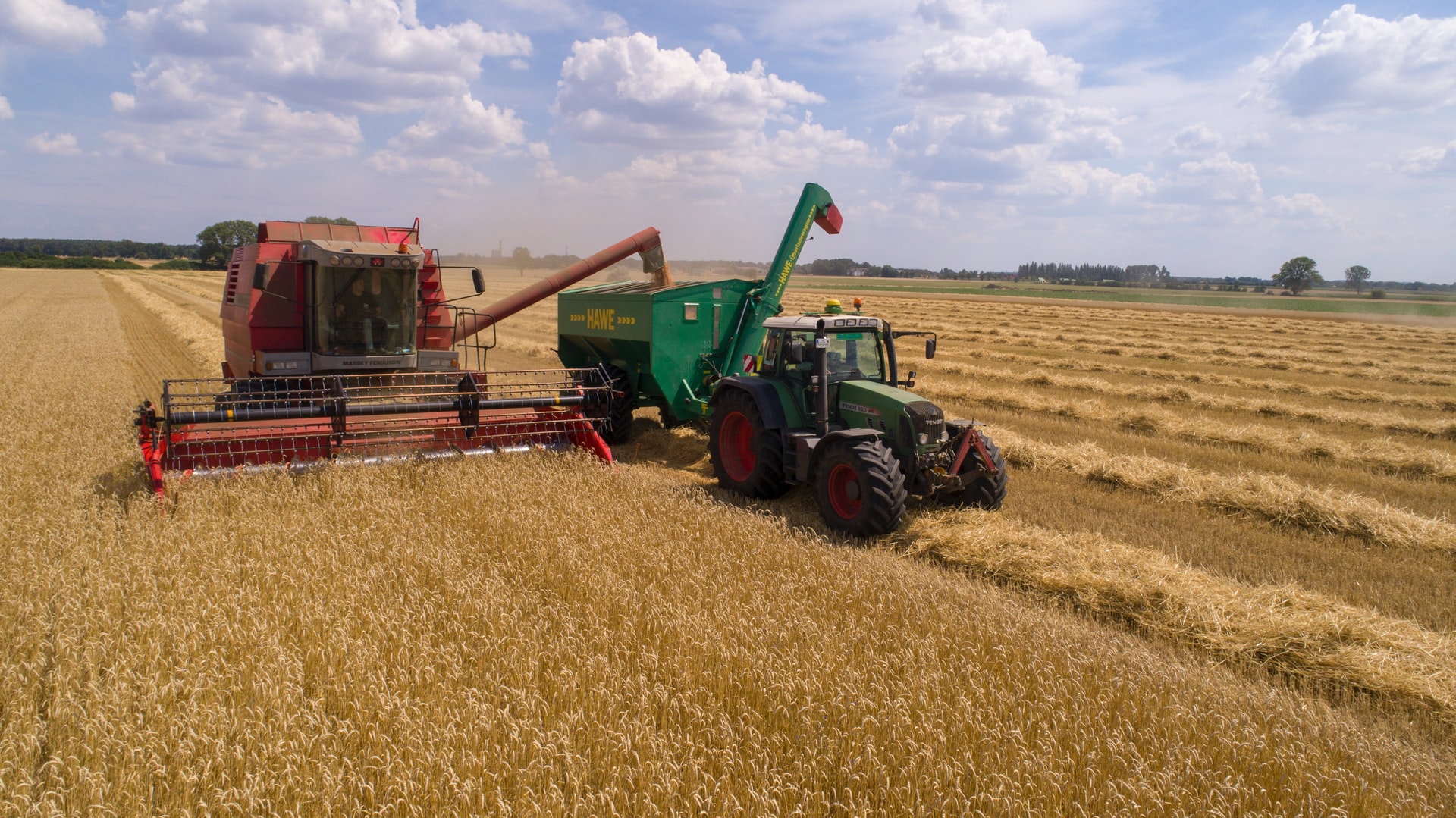
It seems the age-old saying, 'one man's misfortune is another man's opportunity' is playing out in Australia this season...
Read MoreHarvest is coming
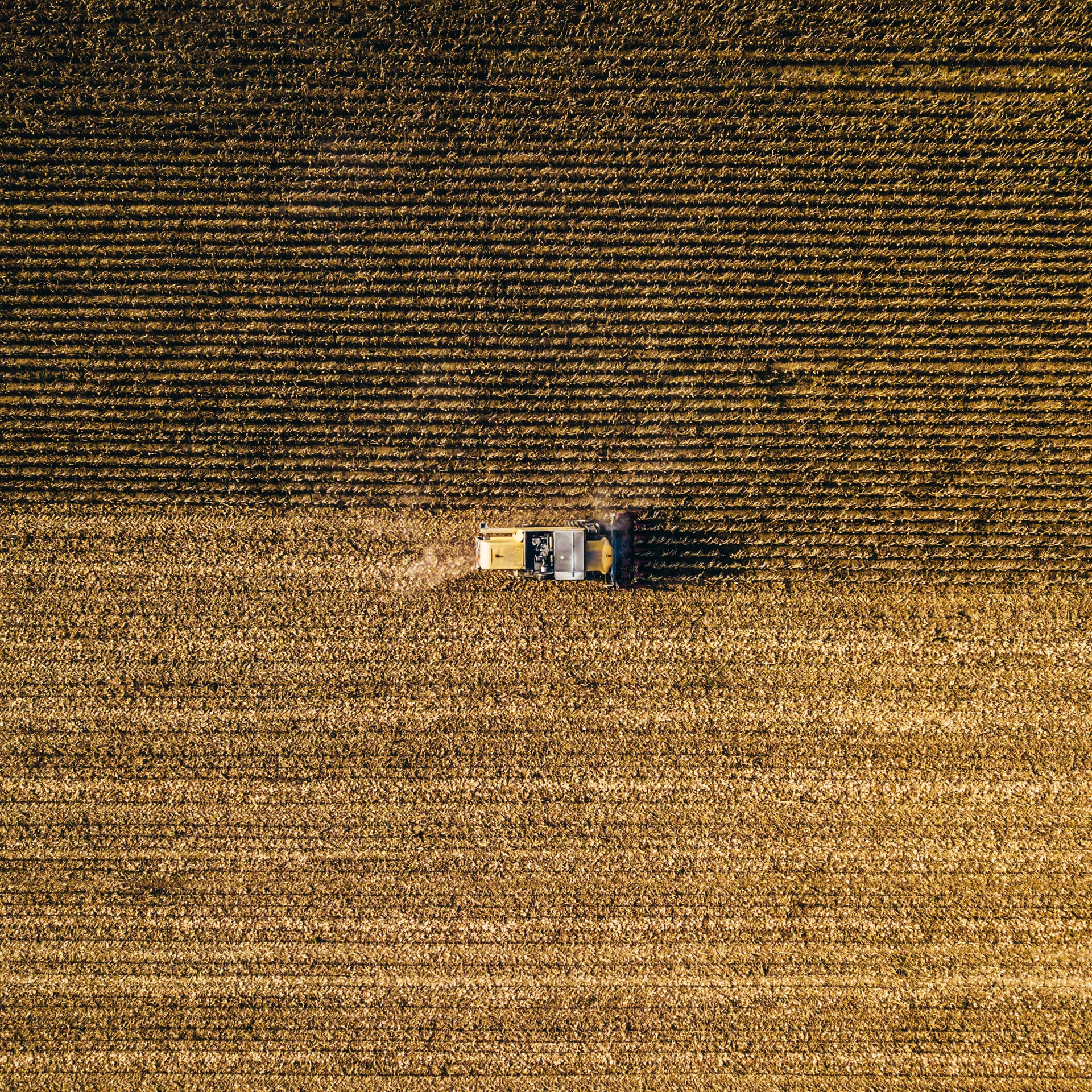
It's been a couple of months of proper winter with cold, wet and windy weather and hasn't it been delightful...
Read MoreAustralian grain market outlook

With July almost in the books and weather continuing to be cold, rainy and windy across most of the cropping regions of Australia, conditions couldn't be better as we approach spring...
Read MoreMother nature- The driver of markets

Mother nature tends to be a complicated and unpredictable force where quite often someone's misfortune turns into another's good fortune.
Read MoreHere comes the grain
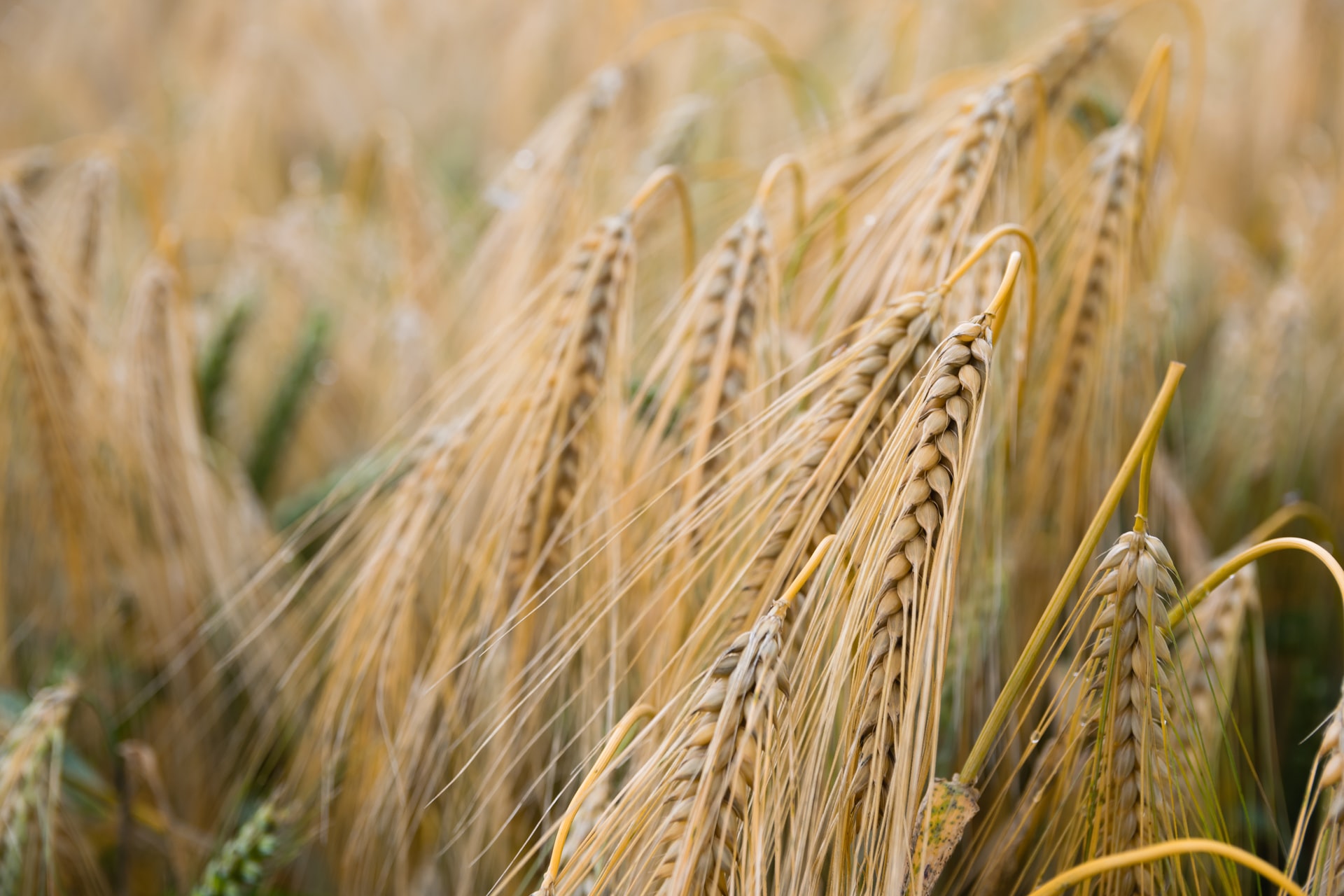
With welcome rain across the month of June the majority of Australia's cropping regions are shaping up to have an average to well above average production year for 2021/22.
Read MoreWeather driven rally for grain prices
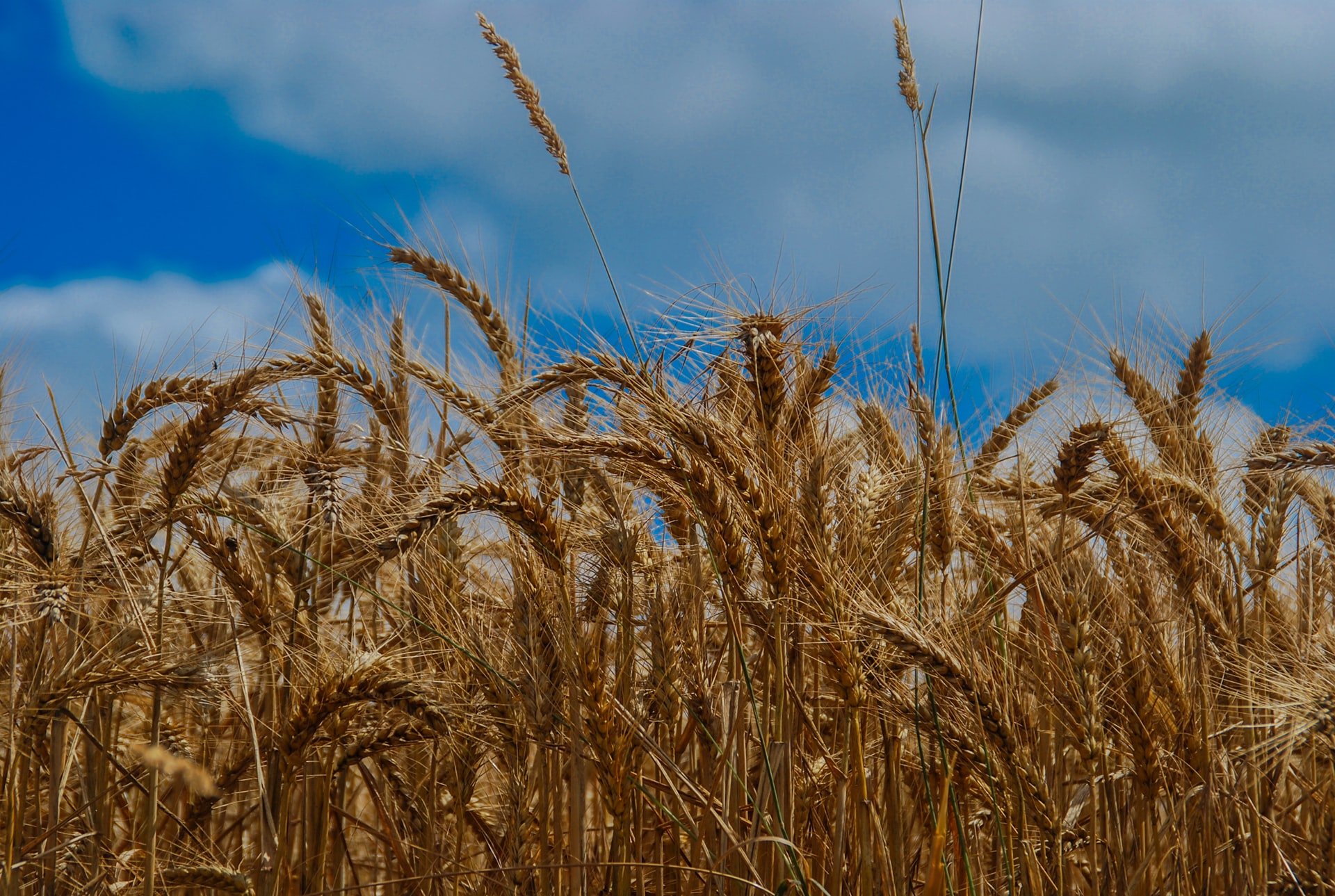
As we see off the month of June and for most people, the end of sowing, the BOM reports that last month produced above average to very much above average rainfall for a large part of the New South Wales cropping belt. Undoubtedly there are some that would appreciate a top up, however the general consensus is that a few days of dry weather would be a welcome break.
Read MoreGenerous June Delivers Potential
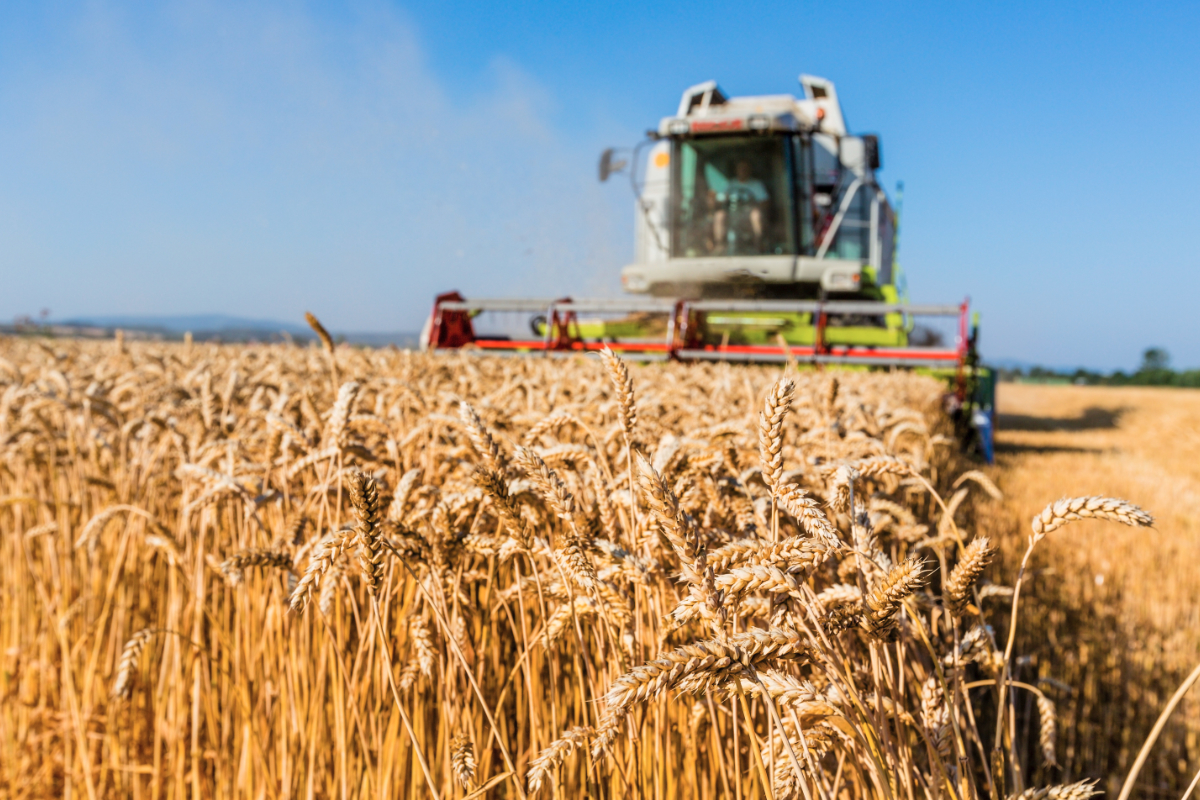
The month of June has been generous with its rainfall adding valuable moisture to the coffers of the New South Wales broadacre farmer. For some, the rain has been welcomed as a fair dinkum season opener, whilst for others it has consolidated what has already been a very good start to the 2020/21 growing season.
Read MoreBroadacre farmers delight, but where will we store all this grain?

As Phillip Lowe, the Reserve Bank of Australia governor said last week, the performance of the Australian agriculture sector throughout the Covid pandemic has helped underpin the nation’s economic recovery.
Read More